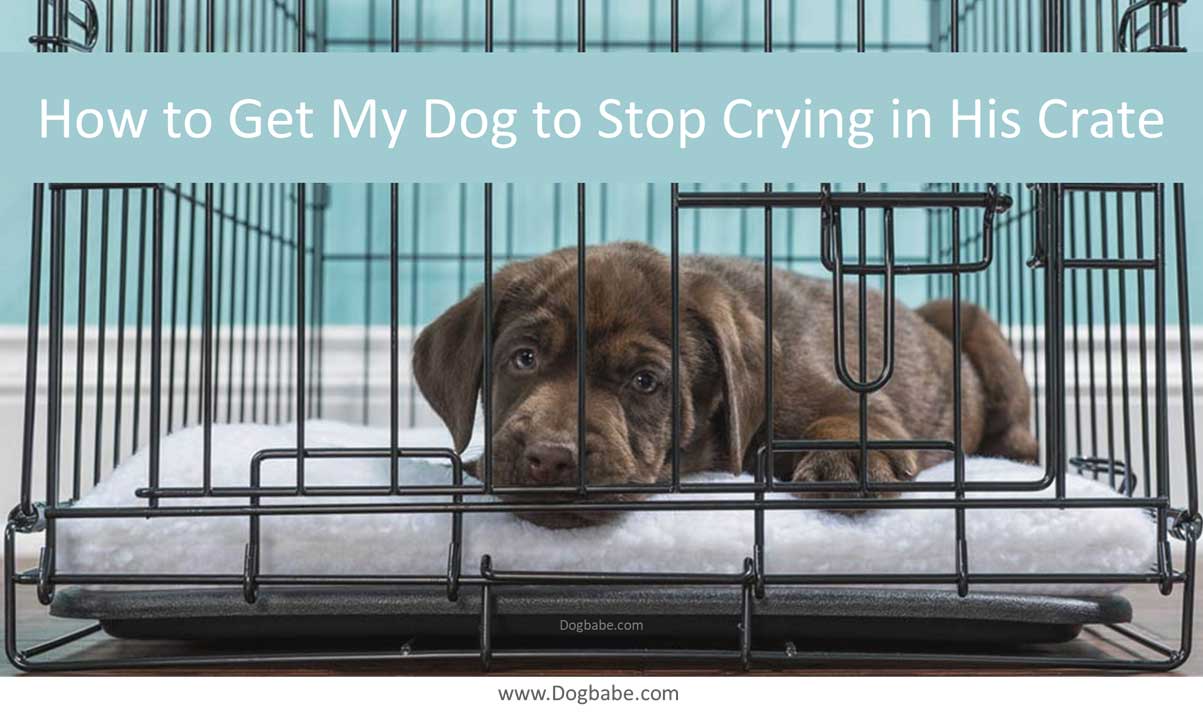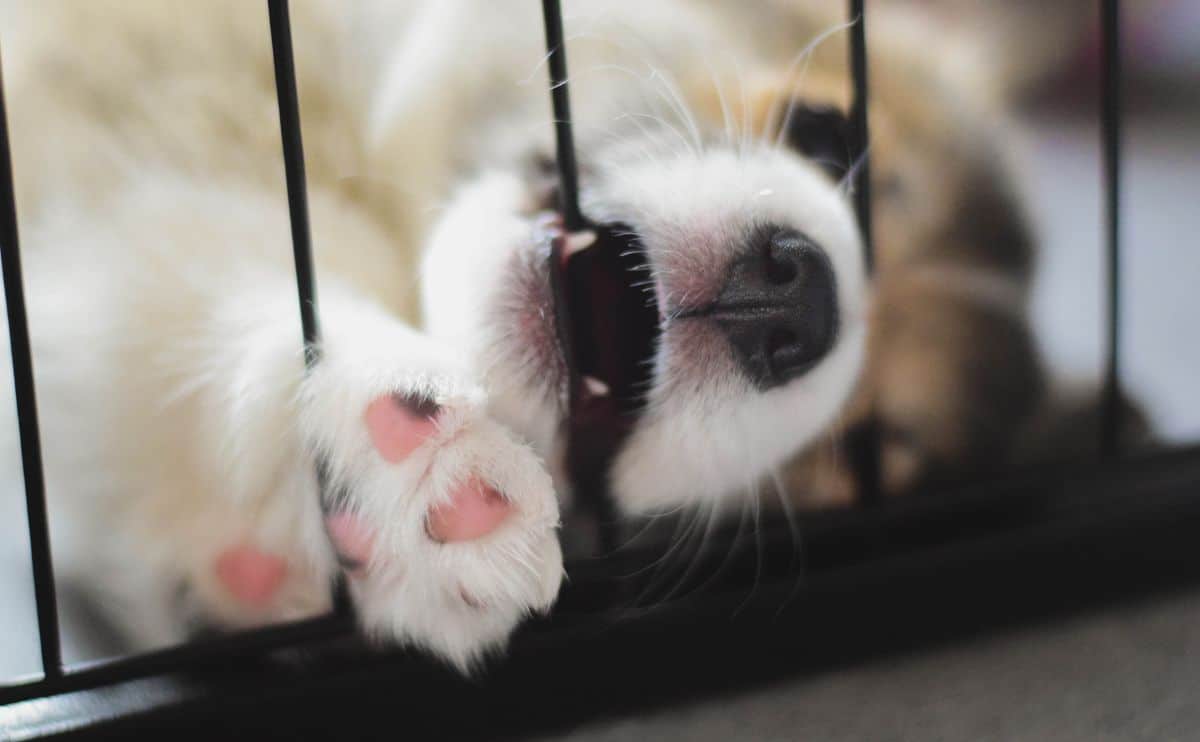How To Stop Whining In Crate

Dog owners are facing a frustrating issue: incessant whining from their crated companions. Experts are providing immediate solutions to address this common behavioral problem.
This article cuts to the chase with actionable strategies to silence the crate-induced complaints, restoring peace and quiet for both dog and owner.
Understanding the Whine
Whining in a crate is typically a sign of distress, boredom, or learned behavior. It's crucial to differentiate between a genuine need and a manipulative ploy for attention.
Consider the context. Is the dog newly crated? Has there been a change in routine?
Rule out Medical Issues
Before addressing behavioral concerns, rule out any underlying medical conditions. A vet visit is essential to ensure the whining isn't due to pain or discomfort.
Address Basic Needs
Ensure your dog's basic needs are met before crating them. This includes feeding, watering, and providing an opportunity to eliminate.
A tired dog is a good dog. Engage in play or exercise to burn off excess energy.
Crate Training Essentials
Proper crate training is paramount to preventing whining. The crate should be a safe and comfortable den, not a punishment chamber.
Introduce the crate gradually, associating it with positive experiences.
Positive Association
Make the crate inviting. Toss treats and toys inside to encourage exploration.
Feed meals inside the crate to further strengthen positive associations.
Short, Supervised Periods
Start with short crate sessions, gradually increasing the duration. Stay nearby and offer verbal reassurance.
Never use the crate as punishment. This will create negative associations and exacerbate the problem.
Strategies to Stop the Whining
Once basic needs and proper crate training are established, you can implement specific strategies to address the whining.
Consistency and patience are key to success.
Ignore the Whining
This is often the most effective, yet challenging, method. Giving in to the whining reinforces the behavior.
Wait for a period of silence, even a brief one, before rewarding with attention or letting the dog out.
Provide a Distraction
Offer a safe and engaging chew toy, like a KONG filled with peanut butter, to keep the dog occupied.
Puzzle toys can also provide mental stimulation and prevent boredom.
White Noise
Background noise, such as a fan or calming music, can help to mask external sounds and reduce anxiety.
Certain types of music, specifically designed for dogs, can have a calming effect.
Cover the Crate (Partially)
A crate cover can provide a sense of security and reduce visual stimulation, minimizing distractions.
Ensure adequate ventilation and avoid completely covering the crate, which can cause overheating.
When to Seek Professional Help
If the whining persists despite consistent effort, consider consulting a certified dog trainer or veterinary behaviorist.
They can assess the underlying cause of the behavior and develop a tailored training plan.
Severe anxiety or other behavioral issues may require medication prescribed by a veterinarian.
Data and Statistics
According to a 2021 study by the American Veterinary Medical Association (AVMA), approximately 40% of dog owners report crate-related anxiety in their pets. This highlights the prevalence of the issue and the need for effective solutions.
Anecdotal evidence suggests that early and consistent crate training significantly reduces the likelihood of whining and anxiety later in life.
Conclusion
Stopping crate whining requires a multi-faceted approach, combining proper crate training, addressing basic needs, and implementing specific strategies to discourage the behavior. If the problem persists, seeking professional guidance is crucial to ensure the dog's well-being and a peaceful home environment.
Continue to monitor your dog's behavior and adjust your training methods as needed. Ongoing observation and patience are essential for long-term success.


















